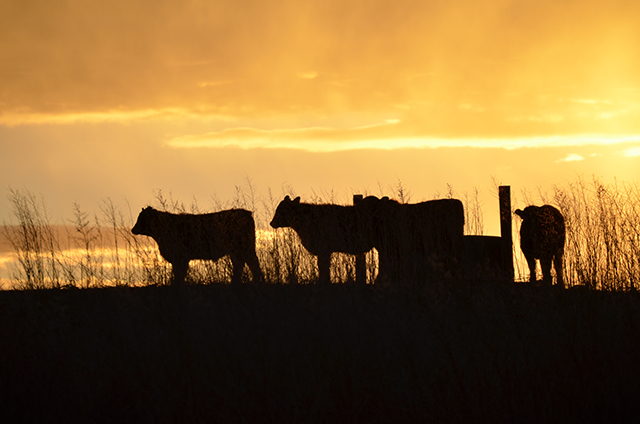
Ranches and Carrying Capacity
A topic that comes up often when looking at cattle ranch is carrying capacity. Carrying capacity is the number of animals a ranch can support and you see it expressed in different ways. Sometimes it is given as the number of cows and calves the ranch can run for a full year. When looking at ranches that have forest or BLM grazing permits it will be expressed in AUMs (animal unit month) which is defined as the amount of forage needed to sustain one 1,000 pound cow and her calf for one month.
In general terms, carrying capacity may be given for ranches in a geographic area. For example in an area that is similar in topography, rainfall, and vegetation one may hear something like “ranches in this area can run a cow per every 40 acres” or “ranches can run X cows per section”. However, these are broad generalizations and one must be aware of factors that can change the carrying capacity of a ranch/ Some factors that can impact carrying capacity are:
- Animal management practices
- Rainfall changes
- Range management practices
- Supplemental feed
With the exception of rainfall, all other factors can be manipulated to increase or decrease carrying capacity. For example, if you have a ranch that is choked up with juniper and sagebrush the carrying capacity will be decreased compared to a ranch in the same area that has less juniper and sagebrush. The ranch with a lower carrying capacity can benefit from good range management practices such as the removal of juniper and sagebrush. The same will be true of cattle grazing practices. A ranch that is overgrazed year after year will have a reduced carrying capacity unless the owner spends money to provide supplemental feed which is counter-intuitive and not good management.
Also, something to keep in mind is the type of livestock the ranch is running. Not all animals are created equal. As noted above an AUM is based on one 1,000 pound cow and her calf. Therefore while the carrying capacity will remain the same if using AUM the actual number of head may change if you are running a breed of cattle that is a smaller frame size or larger frame size.
In short, use provided carrying capacities as a general rule of thumb and make sure to analyze the ongoing range and animal management practices as well as taking note of the range conditions to determine if the provided carrying capacity is in fact realistic or if improvements and changes will have to be made to achieve that carrying capacity.